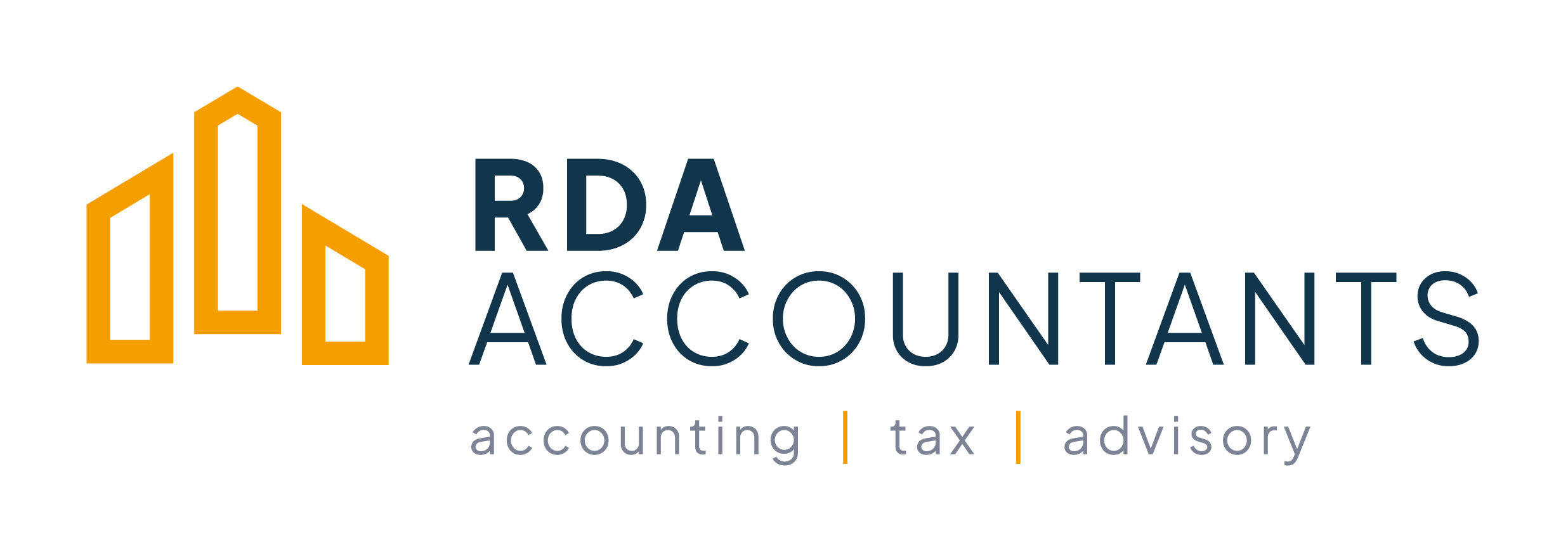In recent years the invoice finance industry has developed a jaded reputation amongst owners of...
Using Invoice Discounting to Boost Cash Flow in Your Business
I’m currently having real cash flow problems in my business and am finding it very difficult to get paid, with some of my invoices going back as far as last year. Having looked at various options for short-term finance, I’m now wondering about the possibility of using invoice discounting. Can you offer any advice on this?
If your business sells on credit and invoices in arrears, then invoice discounting may be a type of short-term finance worth considering. It boosts cash flow and increases working capital by releasing cash tied up in your debtors ledger. This is achieved by giving you access to a certain percentage of cash from your sales invoices as soon as they’re raised.
Many banks offer this service, as well as some specialist finance companies. Finance providers may require that your turnover is above a certain level, but there are some companies that offer solutions for the smaller enterprise, including the option to discount a single invoice or debtor and the possibility of using the service only on a seasonal basis.
The provider will review your business, including your recent accounts, to see if you’re a suitable candidate. If you’re approved, you then provide the discounter with details of your sales invoices. This is usually done using a secure online system which allows you to upload details of sales day books or invoice listings. The finance provider will then advance you an agreed percentage of the invoice values, usually between 75 and 90%. When your customer pays the full invoice amount into a special trust account held by the provider, you will receive the remaining invoice balance, less any fees charged for the service. You are still responsible for credit control and your customers may not need to know you are using the service.
It’s important to be aware of the various costs involved in this method of financing. You will usually pay a discount fee, which works in the same way as bank interest and will be charged on the amount of finance you draw down. You may also have to pay a service fee to cover administration. Depending on your provider, other costs could include transfer fees and credit protection charges.
Compare suppliers and ask a number of questions before choosing an invoice discounter.. Do they have knowledge and experience of your particular industry? What are their operating procedures and is there a notice period if you wish to end the service? Some providers will insist on regular audits of your business, carrying out sample checks on your sales invoices and any supporting documentation. For this reason, it’s important to ensure you have an efficient accounts system with a good paper trail if you are considering this form of finance.
In certain situations, invoice discounting can be a useful tool for your business. It can give you a cash injection when times are tough and allow you to take advantage of unexpected opportunities that may arise. However, it’s not the cheapest form of short-term finance and it won’t be suitable for everyone. Before you commit to invoice discounting, make sure you’ve thoroughly reviewed other options that may be available to you and that you have a clear picture of the costs and procedures involved in this form of finance.
